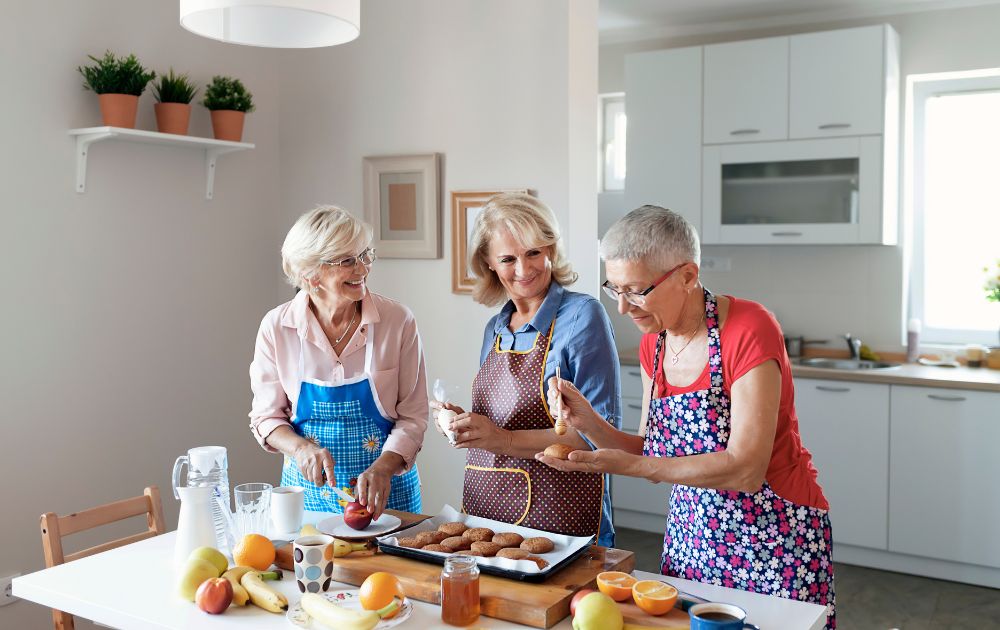
Caring for a Loved One with a Disability: A Guide for Families
Discover how to care for a loved one with a disability. Learn practical tips, emotional support, and self-care strategies for balanced family caregiving.

Cooking is a joyful activity that brings people together, but for individuals with disabilities, it can sometimes feel daunting. With the right tools and strategies, the kitchen can become an inclusive space where everyone can thrive. Here are some practical tips and tools to make cooking accessible and enjoyable.
An inclusive kitchen design is the foundation of accessible cooking. Ensure that frequently used items are stored within easy reach, such as utensils, pans, and ingredients. Adjustable-height countertops or workstations can be incredibly helpful, allowing individuals who use wheelchairs or have limited mobility to prepare food comfortably. Additionally, open shelving instead of high-mounted cabinets provides easy access.
Innovative tools and gadgets designed for people with disabilities make a world of difference in the kitchen. Some examples include:
Modern appliances with accessible features can streamline meal preparation. Induction hobs reduce the risk of burns, while talking microwaves or ovens provide audio cues to help manage cooking times. Food processors and blenders with large buttons or touch controls are also user-friendly for those with motor impairments.
Creating a safe cooking environment is crucial. Tools such as oven mitts with extended sleeves can protect against burns, while spill guards for pots reduce the risk of accidents. Non-slip mats on countertops and floors ensure stability, and smoke alarms with visual or vibrating alerts cater to those with hearing impairments.
Pre-chopped ingredients or ready-made meal kits can simplify cooking. For those who enjoy assistance, involving a caregiver or loved one can make the experience more collaborative and fun.
Cooking accessible meals means adapting recipes to suit individual needs. This could involve reducing preparation steps, using fewer ingredients, or incorporating pre-made bases. Online resources often have recipe adaptations specifically designed for diverse abilities.
Cooking is for everyone, and with the right tools and approach, the kitchen can be an empowering and fulfilling space for individuals of all abilities.

Discover how to care for a loved one with a disability. Learn practical tips, emotional support, and self-care strategies for balanced family caregiving.

Discover science-backed longevity diet tips, debunk common myths, and learn what truly supports a longer, healthier life through balanced nutrition.

Maintaining a balanced diet is essential for overall health, but for individuals with mobility challenges,

Technology has become an essential part of daily life, but for many seniors, adapting to digital tools can feel overwhelming.
Copyright © 2018 - 2023, TAUS Care. All Rights Reserved. Designed by RepuNEXT.